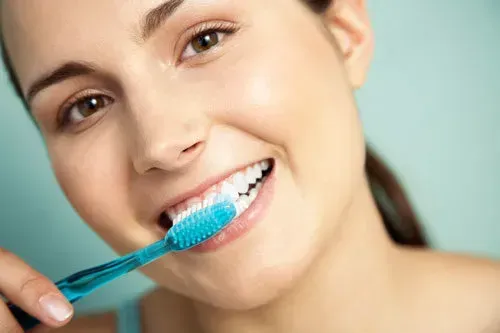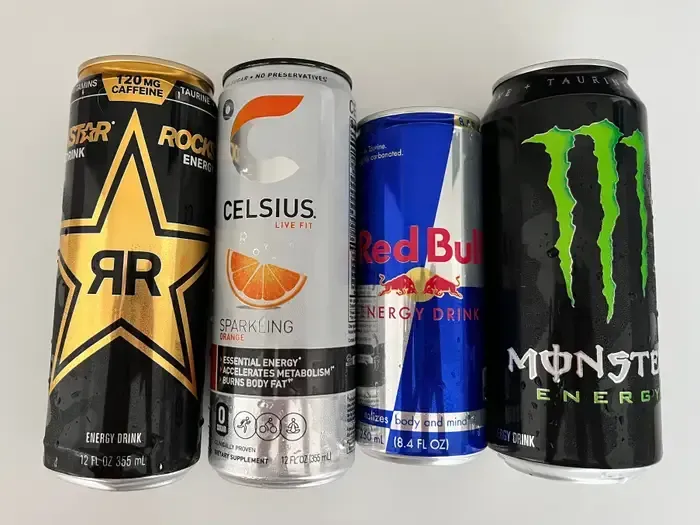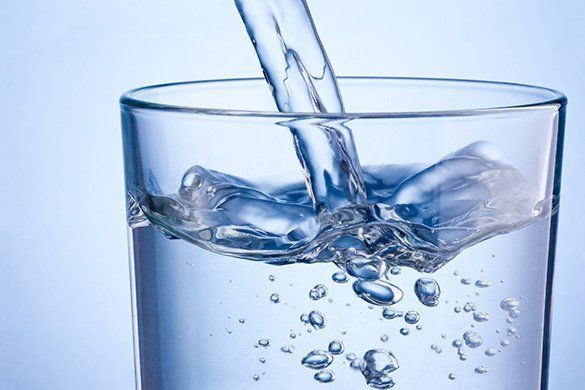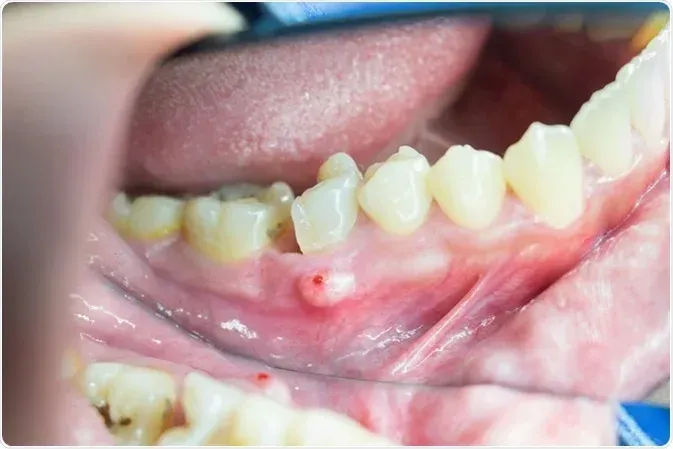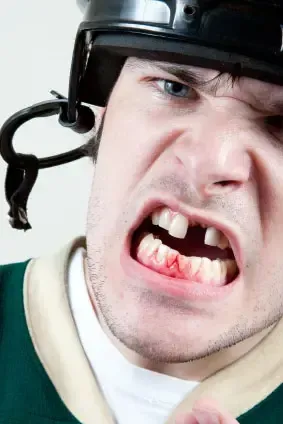What’s New at the Dentist: Advances in Dental Care
Improving Dental Health: How High-Tech X-Rays Can Help
In many dental offices, digitized X-rays (think digital camera) are replacing traditional radiographs. Although digital X-rays have been on the market for several years, they have recently become more popular with dentists. Digital X-rays are faster and more efficient than traditional radiographs. First, an electronic sensor or phosphor plate (instead of film) is placed in the patient’s mouth to capture the image. The digital image is then relayed or scanned to a computer, where it's available for instant viewing. This procedure is much faster than processing conventional film. And because the sensor and phosphor plates are more sensitive to X-rays than film is, the radiation dose is significantly reduced. Digital X-rays have many uses besides finding cavities. They also help look at the bone below the teeth to determine if the bone level is good. Dentists can use the X-rays to check the placement of an implant -- a titanium screw-like device that is inserted into the jawbone so that an artificial tooth can be attached. Digital X-rays also help endodontists -- dentists who specialize in root canals -- to see if they have
performed the procedure properly.
Improving Restoration Longevity By Strength: Better Bonding and Filling Materials Can Help
If you've chipped a tooth, you can have it fixed to look more natural than it would have in the past, thanks to improvements in bonding material
and bonding techniques. Today's bonding material is a resin (plastic), which is shinier and longer lasting than the substance used in the past. Often, dentists will put layers of resin on a tooth to bond and repair it. Because of the wider range of shades available, they can better blend the
bonding material to the tooth’s natural color. In restorations, when a cavity needs to be filled, many dentists have also abandoned amalgams for "tooth-colored" composite or porcelain fillings, which look more natural.
Better Treatments For Better Dental Health: New Gum Disease Treatments Improve Overall Dental Health
When the supporting tissue and bone around your teeth doesn't fit snugly, "pockets" form in the gums. Bacteria then invade these pockets,
increasing bone destruction and tooth loss. A variety of treatments can help reverse the damage. They range from cleaning the root surfaces
to remove plaque and tartar to more extreme measures such as gum surgery to reduce the pockets.
In recent years, the focus of gum disease treatments have expanded beyond reducing the pockets and removing the bacteria to include regenerative procedures. For instance, lasers, membranes, bone grafts, or proteins that stimulate tissue growth can be used to help
regenerate bone and tissue to combat the gum disease.


